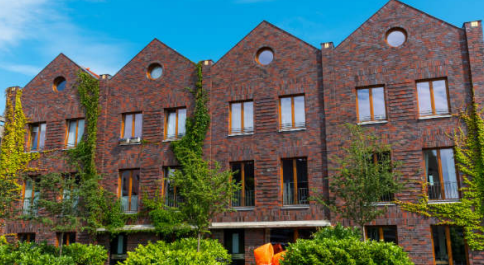While most urban scholars agree on a generic definition of gentrification – the change that occurs when a traditionally low-income neighborhood experiences an influx of new, higher-income residents – there is little consensus on how to identify and measure it. The objective of this research is to shift the conversation on gentrification and inject some much-needed nuance into our collective understanding about how and why neighborhoods change. Only with greater clarity can we identify the real consequences of gentrification in low-income communities and develop effective responses to ensure suitable and affordable housing remains available to all residents.
Related Resources:
- May 7, 2020 - Gentrification Definitions and Racial Change: Considering the Evidence: compares changes in racial composition in gentrified versus non-gentrified neighborhoods across three definitions.
- May 9, 2019 - Gentrification Comparison Tool: maps three definitions featured in the report and displays their findings for 93 cities and four decades.
WATCH: The author on why framing our perceptions about gentrification matters.

- Report
